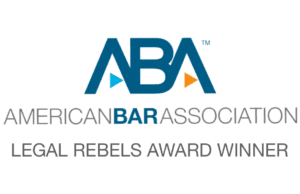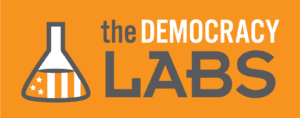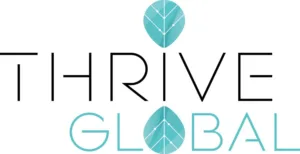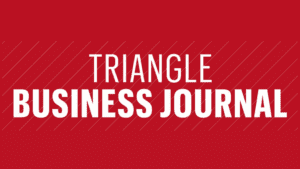Alone in Court?
Let’s Change That!
Tools, training, and experts for your lawsuit

Confidence In Your Case Starts Now
Learn How to Litigate
Get litigation training, a live Q&A workshop, automated guidance on your next step, and simple filings like notices and proposed orders.
File Persuasive Legal Documents
Pay as you go for assembly of complex legal documents. Find the right facts, arguments, and case law to persuade your judge every time.
Premium document options include (prices range from $30-$75 each):
- Affidavit
- Answer and Affirmative Defenses
- Complaint or Petition
- Counterclaim
- Initial Brief of Appellant
- Motion for Costs of Appeal
- Motion for Default Judgment
- Motion for Judgment as a Matter of Law (JMOL)
- Motion for Judgment Notwithstanding Verdict (JNOV)
- Motion for Leave to Amend Complaint (or Answer or Counterclaim)
- Motion for Order to Show Cause
- Motion for Protective Order
- Motion for Reconsideration or Rehearing
- Motion for Stay Pending Appeal
- Motion for Summary Judgment
- Motion in Limine
- Motion to Alter, Amend or Correct Judgment
- Motion to Compel Discovery
- Motion to Deem Facts Admitted
- Motion to Dismiss
- Motion to Disqualify Counsel
- Motion to Disqualify Judge
- Motion to Quash
- Motion to Set Aside Default
- Motion to Strike Answer and Affirmative Defenses
- Motion to Vacate Order
- Notice of Deposition
- Petition for Writ of Certiorari
- Request for Admissions
- Request for Answers to Interrogatories
- Request for Production of Documents
- Response Brief of Appellee
- Response to Motion for Summary Judgment
- Response to Motion to Dismiss
- Subpoena (or Subpoena Duces Tecum)
- and many other crucial filings in your case.
On-Demand Professional Support
Use our dedicated network of lawyers, paralegals, and experts for coaching, document reviews, and other services at affordable rates.
Member services include (additional fees apply):
- Coaching sessions (with paralegal)
- Lawyer consultations (legal advice or document review)
- Oral argument practice
- Organize your discovery

Take Charge with Courtroom5
Boost your odds in complex cases like foreclosure, medical debt, personal injury, and federal claims.
• Gain clarity on what to do and how to plead your case
• Dodge the pitfalls of hidden rules and court procedures
• Avoid being intimidated and settling for an unfair amount
U.S. Civil Cases Only
Pro Se Means ‘For Oneself’ in Latin
But it doesn’t mean you’re all alone. Arm yourself with the right tools and step into court confident and prepared.
From our blog
Courthouse HOV Lane Reserved For Lawyers
Tell Me About Your Case
A Court Reporter Stops All Foolishness
Throwback To That Time I Got Thrown Out Of Court
The Effective Pro Se Litigant — Ingredients and a Recipe
Can’t I Just Fill Out The Court Ordered Form?
As seen in


















